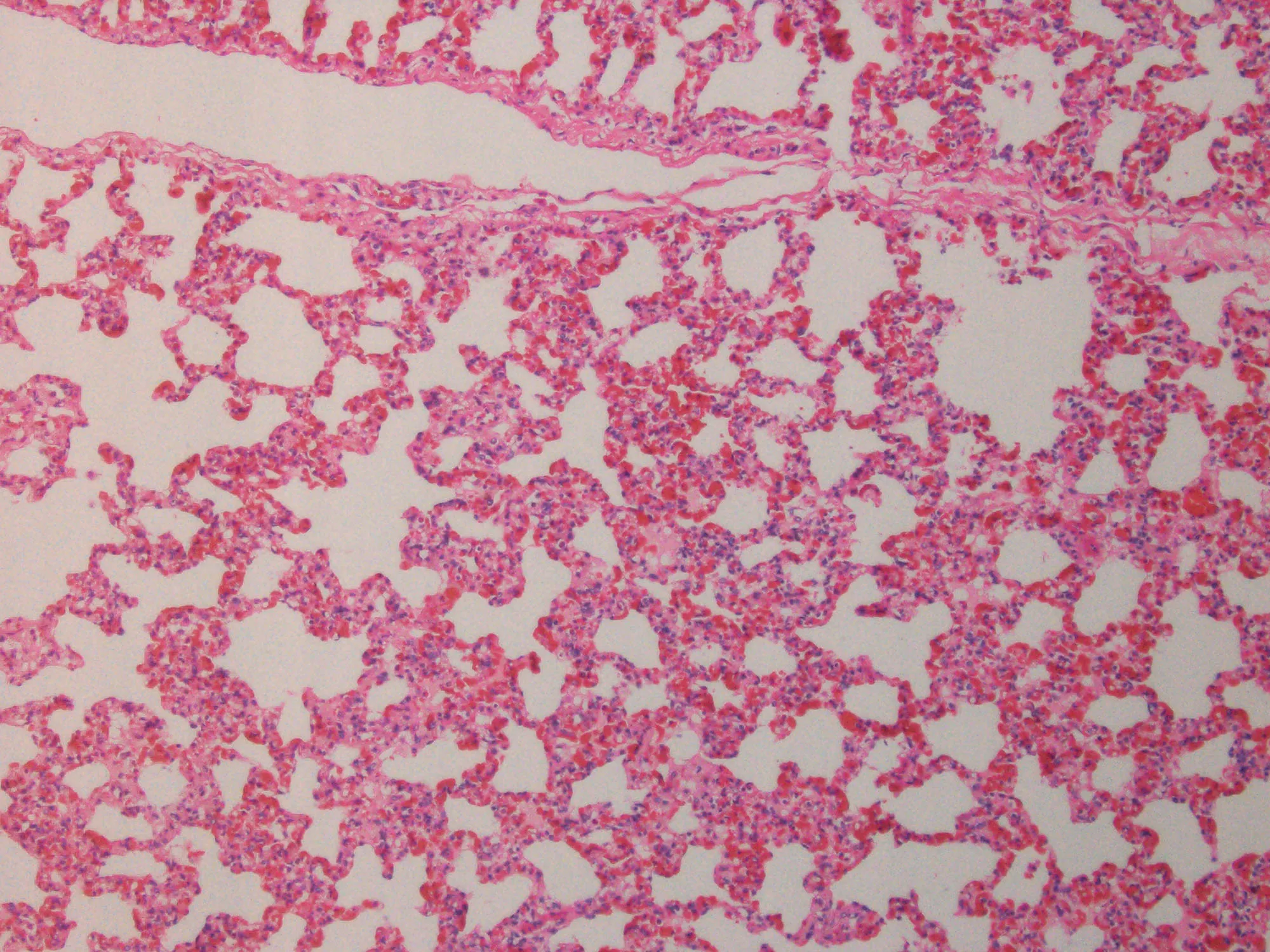Hematological, biochemical and histopathological changes in cattle submitted to emergency slaughter
DOI:
https://doi.org/10.24070/bjvp.1983-0246.v15i2p83-92Keywords:
blood parameters, bovine, histopathology, injuries, stress, transportAbstract
This study aimed to evaluate the effects of stress in bovines submitted to emergency slaughter caused by lengthy transportation to slaughterhouses in the state of Tocantins, Brazil. Blood collections were performed individually during exsanguinations. Tissue samples were obtained after evisceration on the slaughter line. The animals were divided into the Experimental Group (EG), with 19 bovines destined for immediate emergency slaughter, and the Control Group (CG), with 24 bovines slaughtered normally at the abattoir flow. The EG showed lower values of erythrocytes, hemoglobin, hematocrit, platelets, neutrophilia with band neutrophils, and lymphopenia. Hyperalbuminemia, high levels of total proteins, glucose, and creatinine, and lower urea levels were observed in the EG. The globulins were equal between the groups. Histopathology revealed hepatocytes with vacuolated cytoplasm (87.5% of the cases) and liver congestion (83.33%). Interstitial emphysema (95.65%), alveolar emphysema (65.21%), and congestion (52.17%) were observed in the lungs. The kidneys showed congestion (80.95%) and hyaline casts (100%). The spleens showed rarefaction in the white (70%) and red pulp (65%), in addition to hemosiderosis (10%). This suggests that the animals transported over long distances are submitted to severe stress, with water and food deprivation, resulting in hematological and biochemical changes, with histological lesions and serious bruises affecting the musculoskeletal system. There is loss of homeostasis, severe debilitation, with destination for emergency slaughter with the conditional use of meat for consumption.


